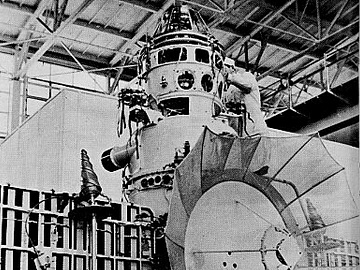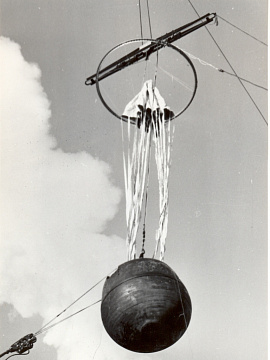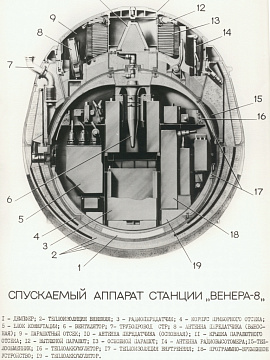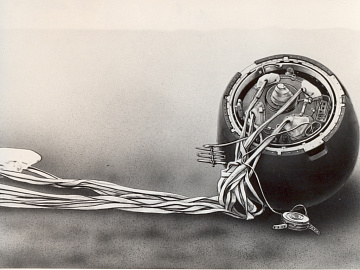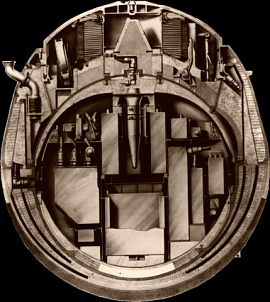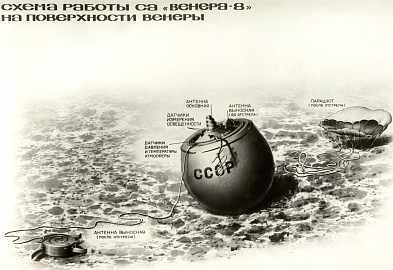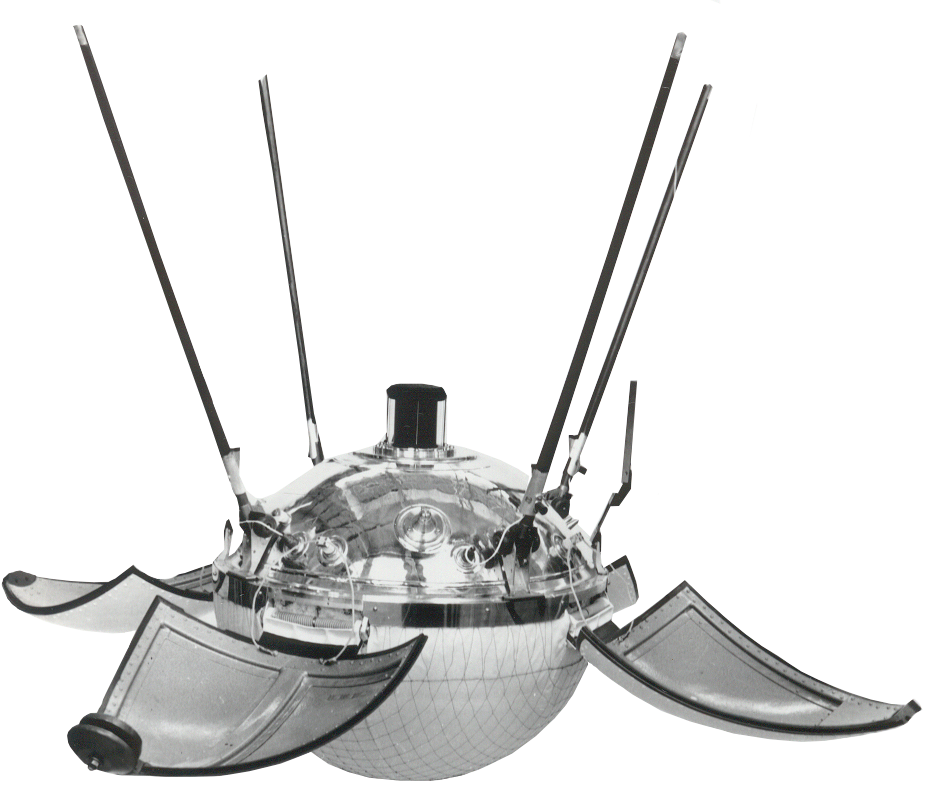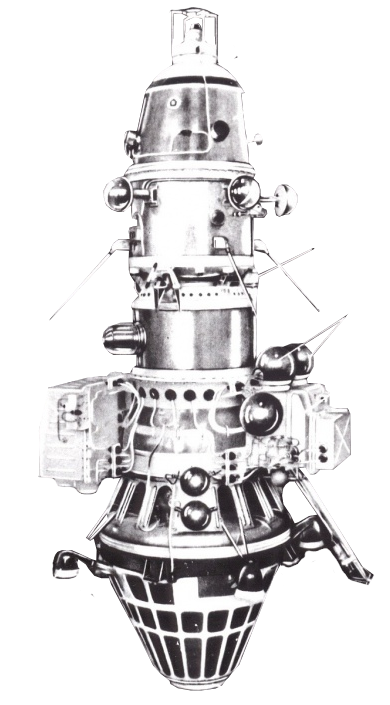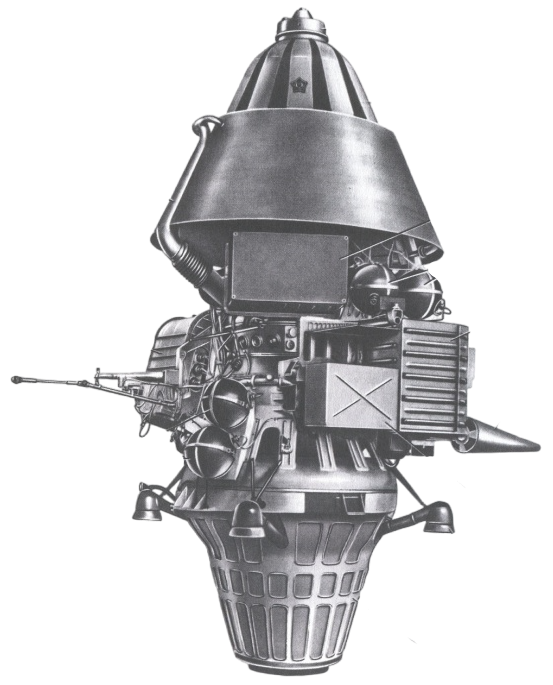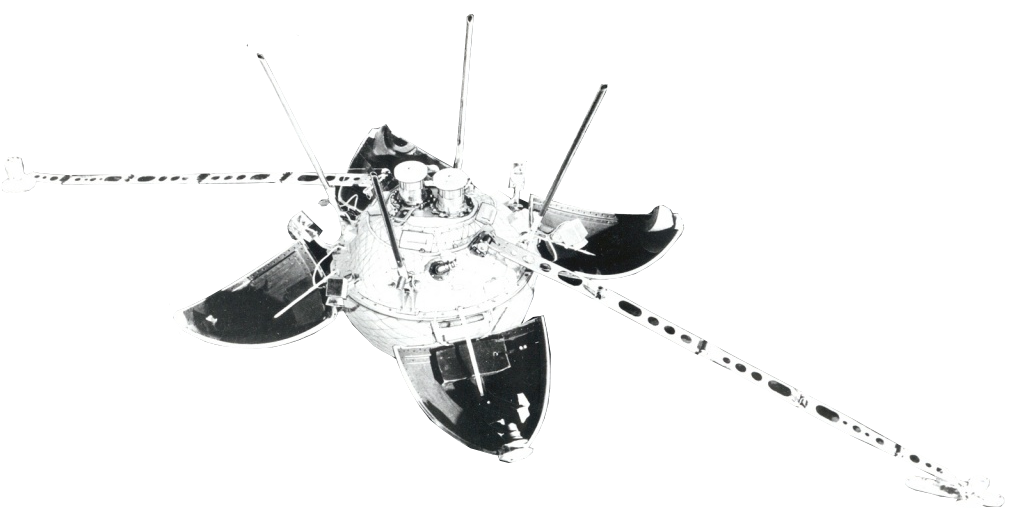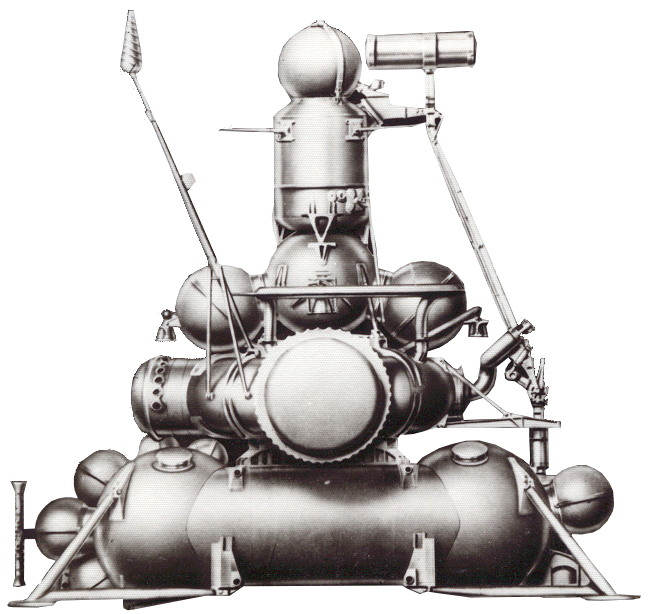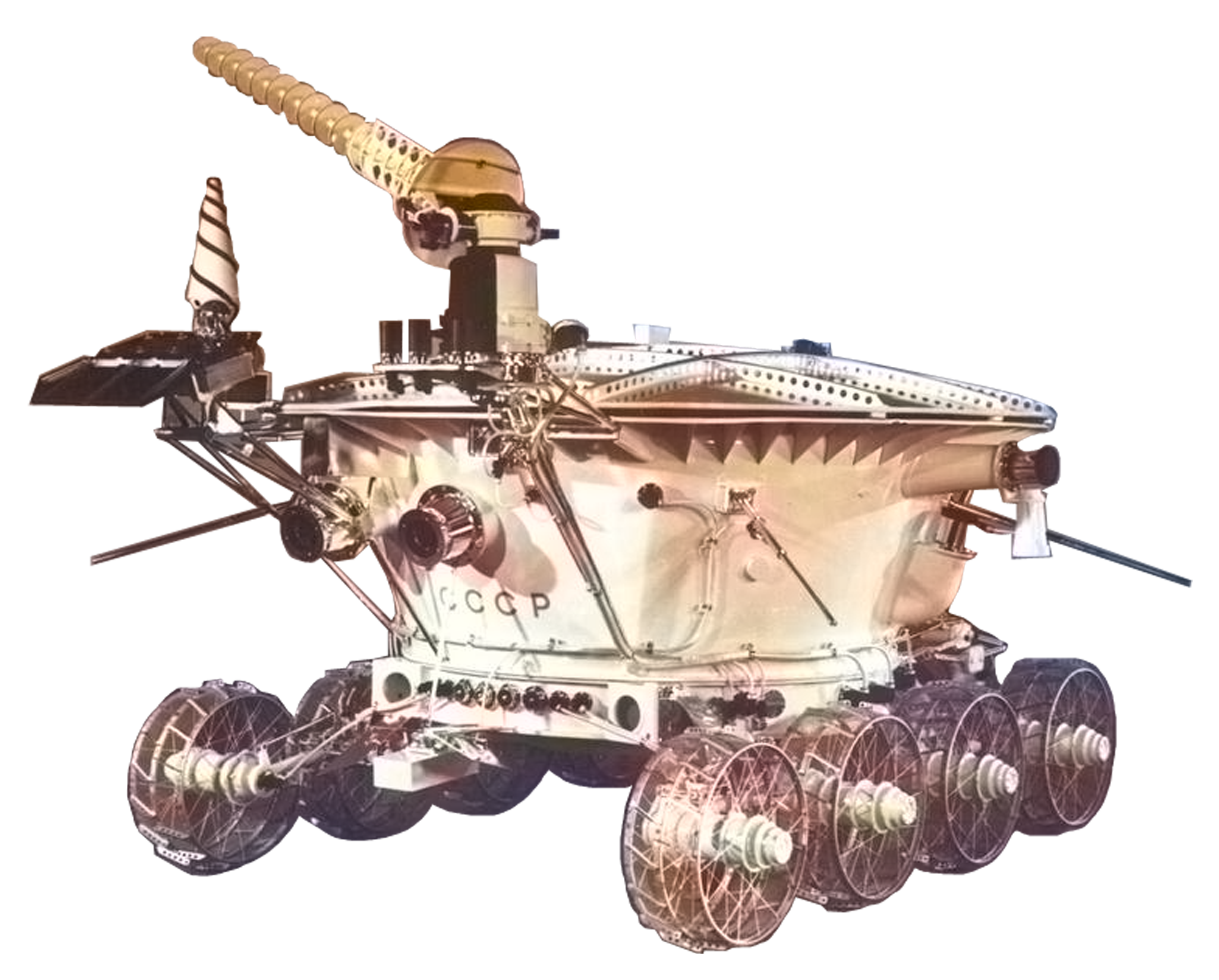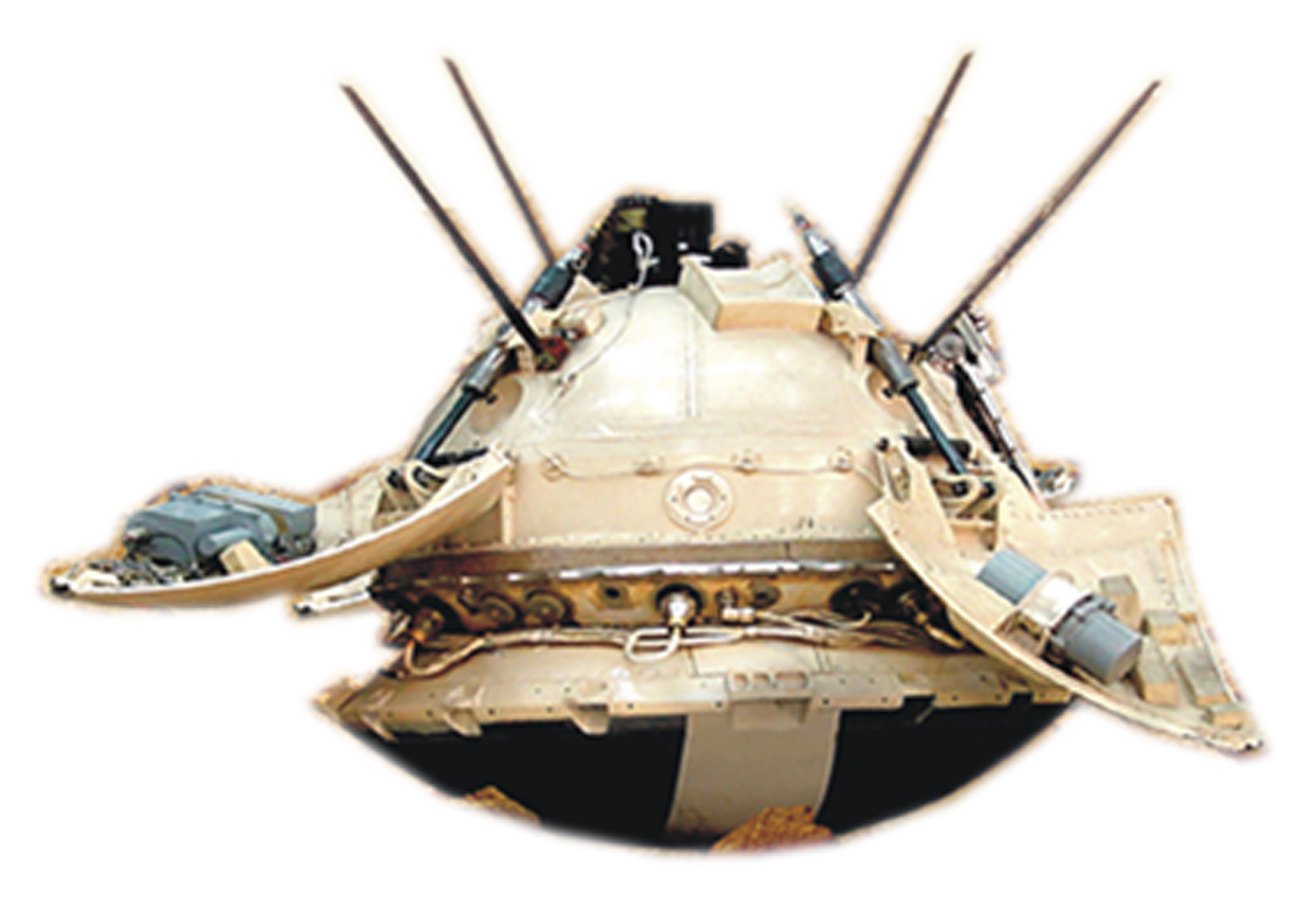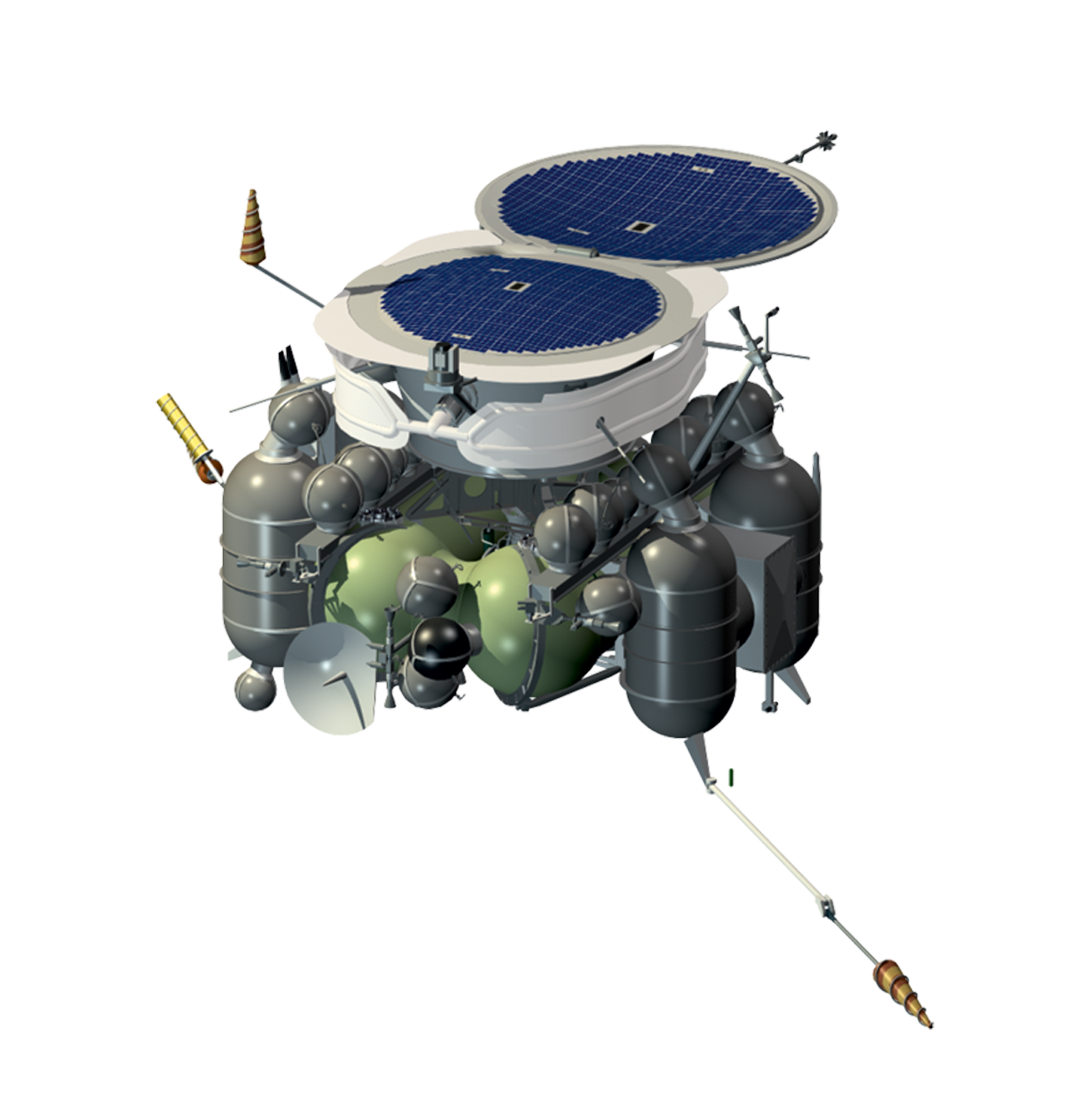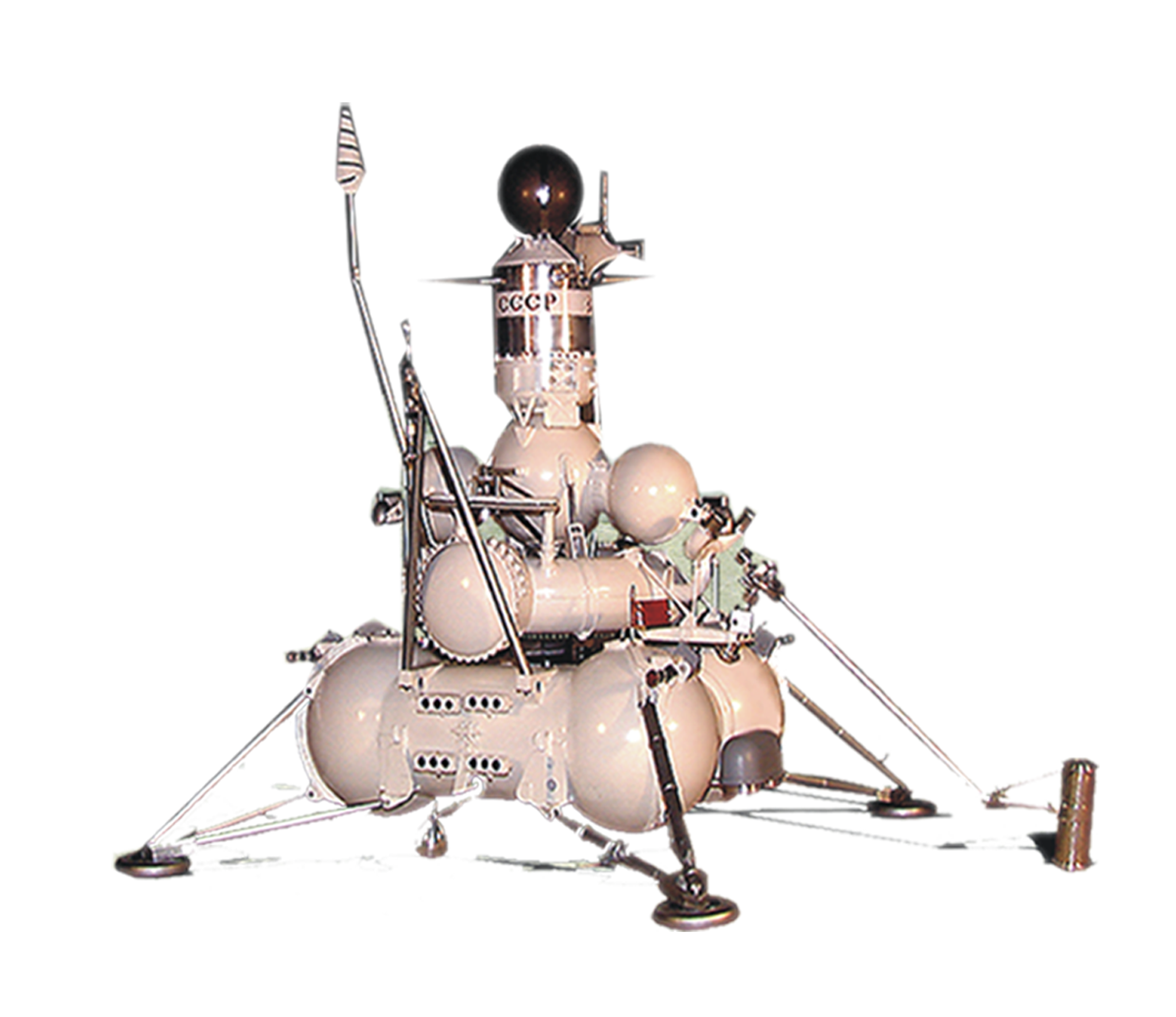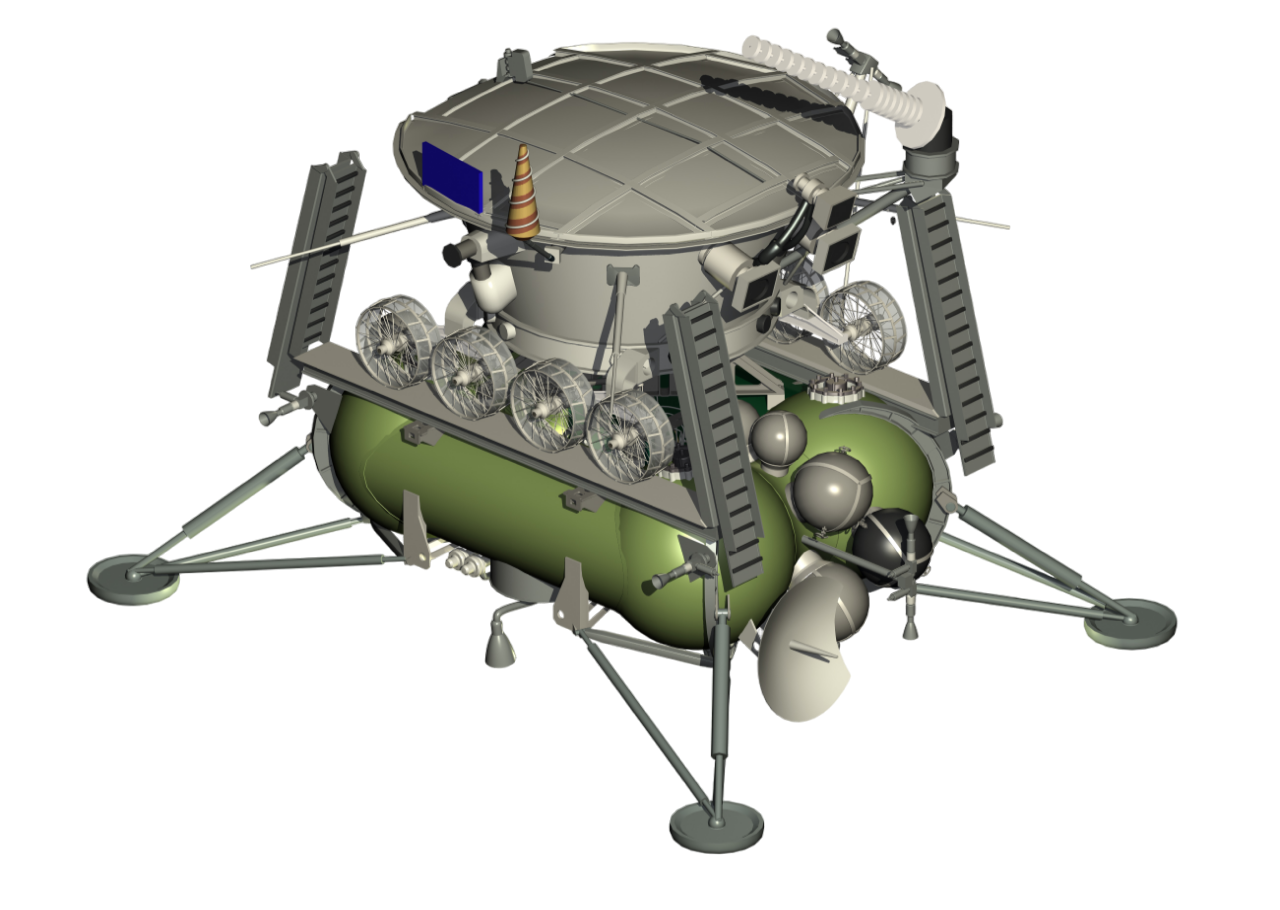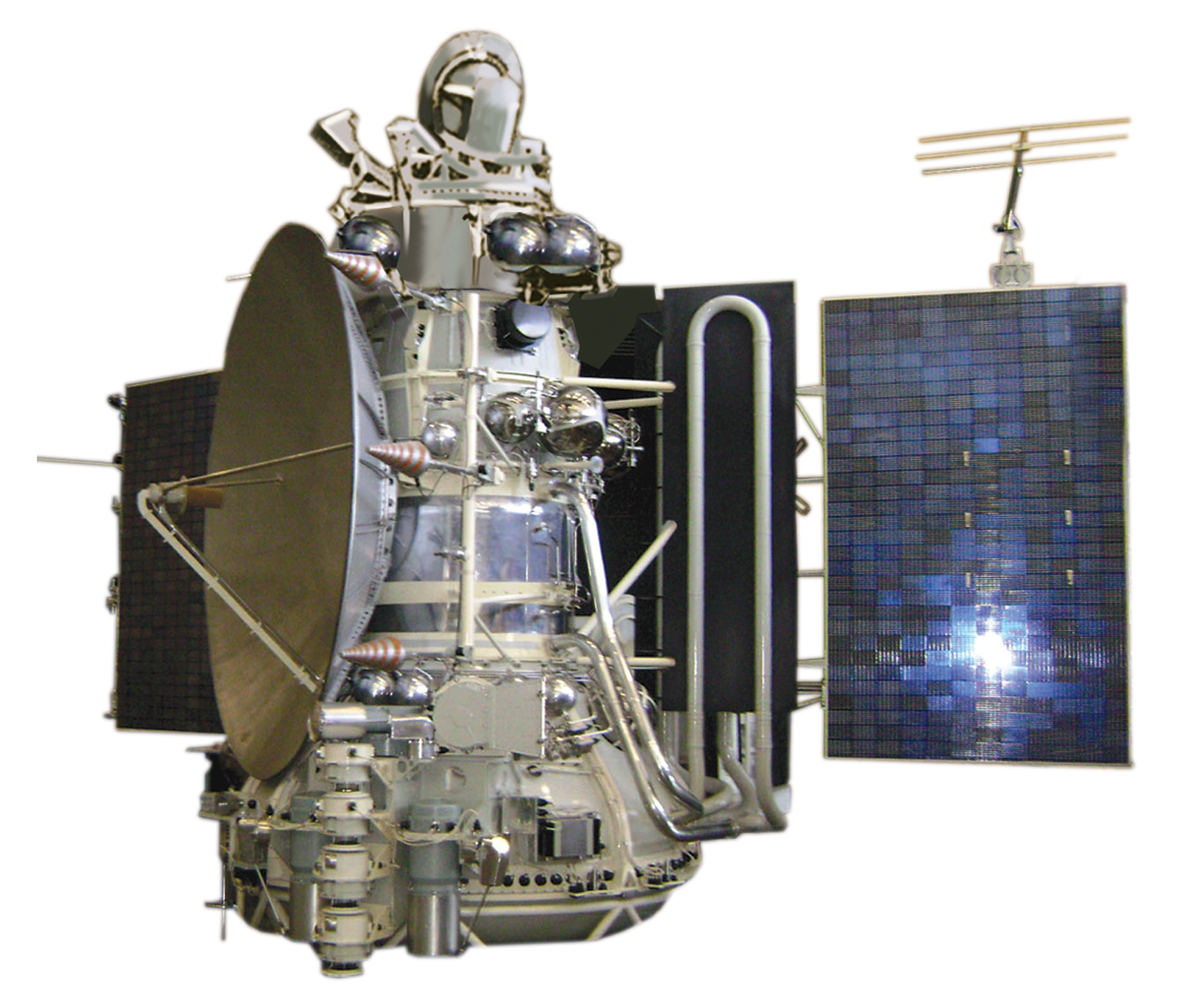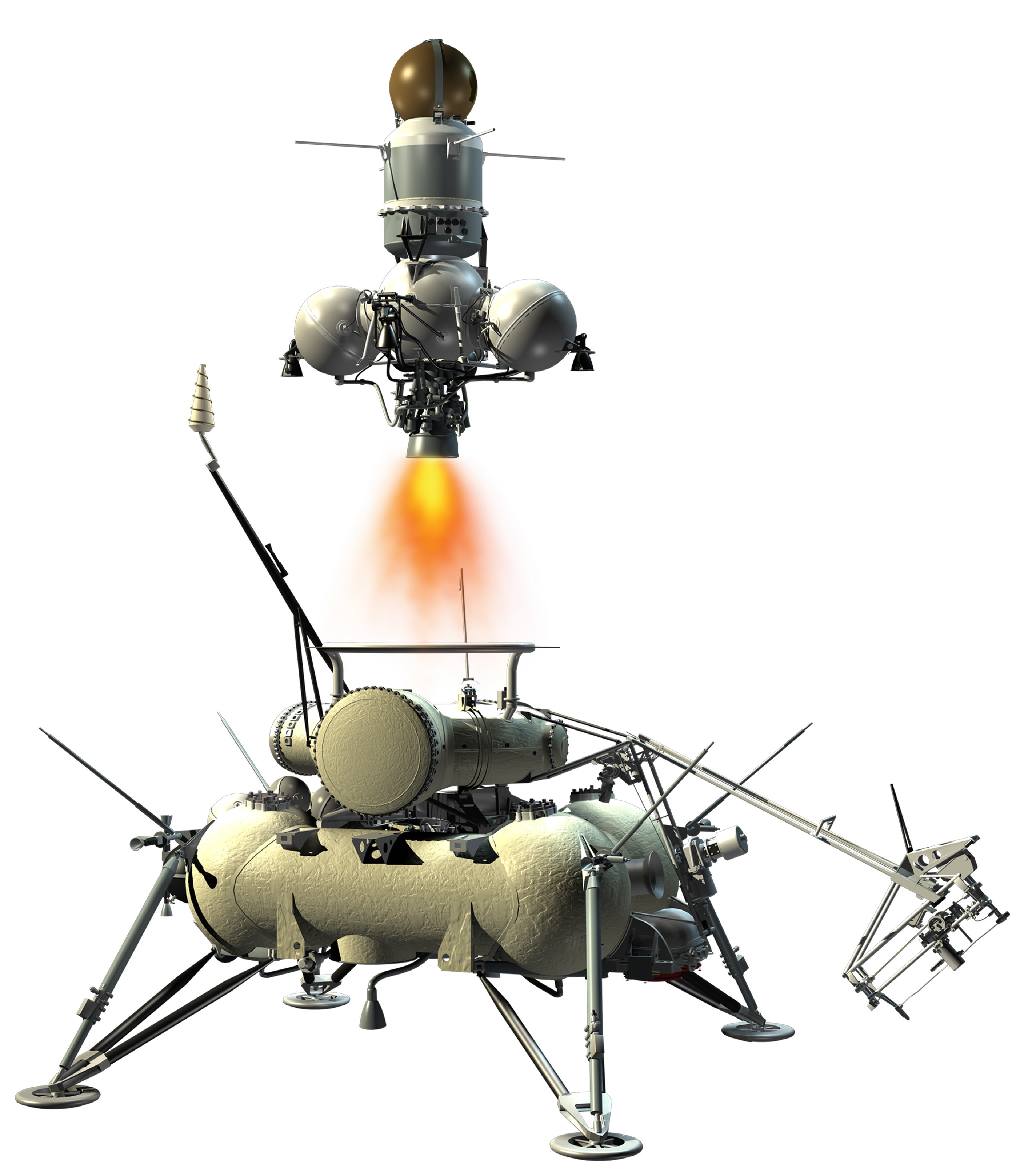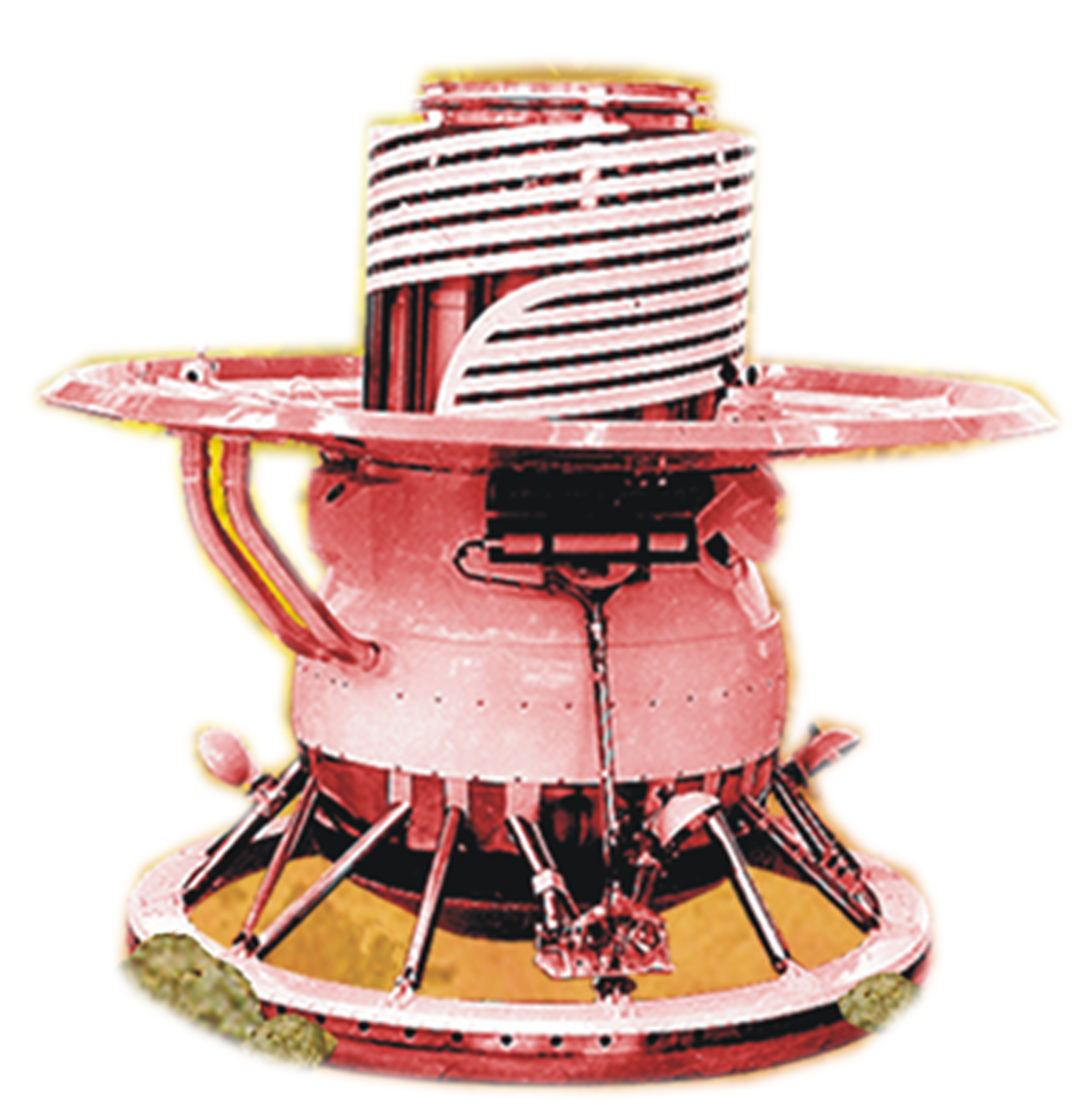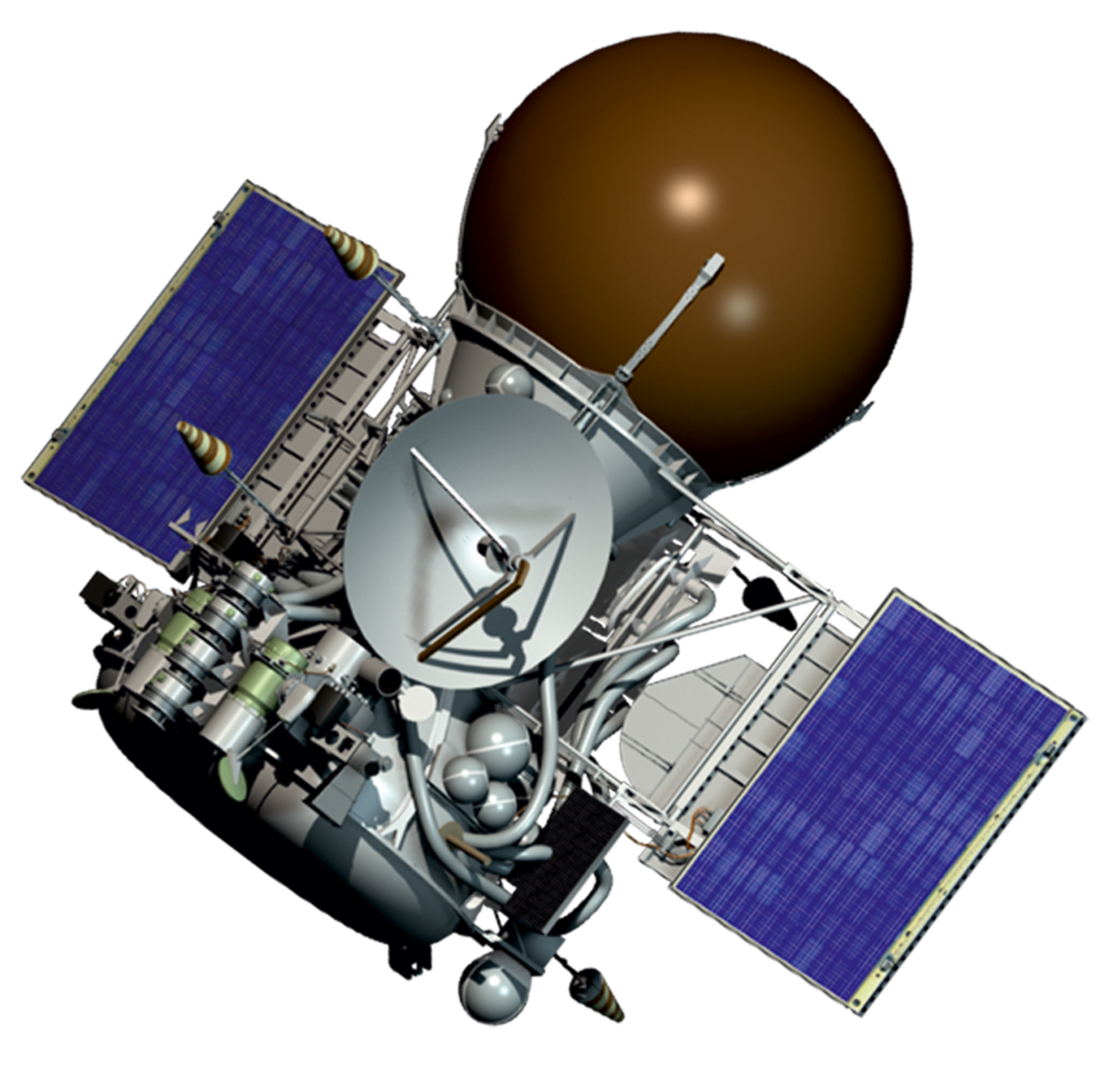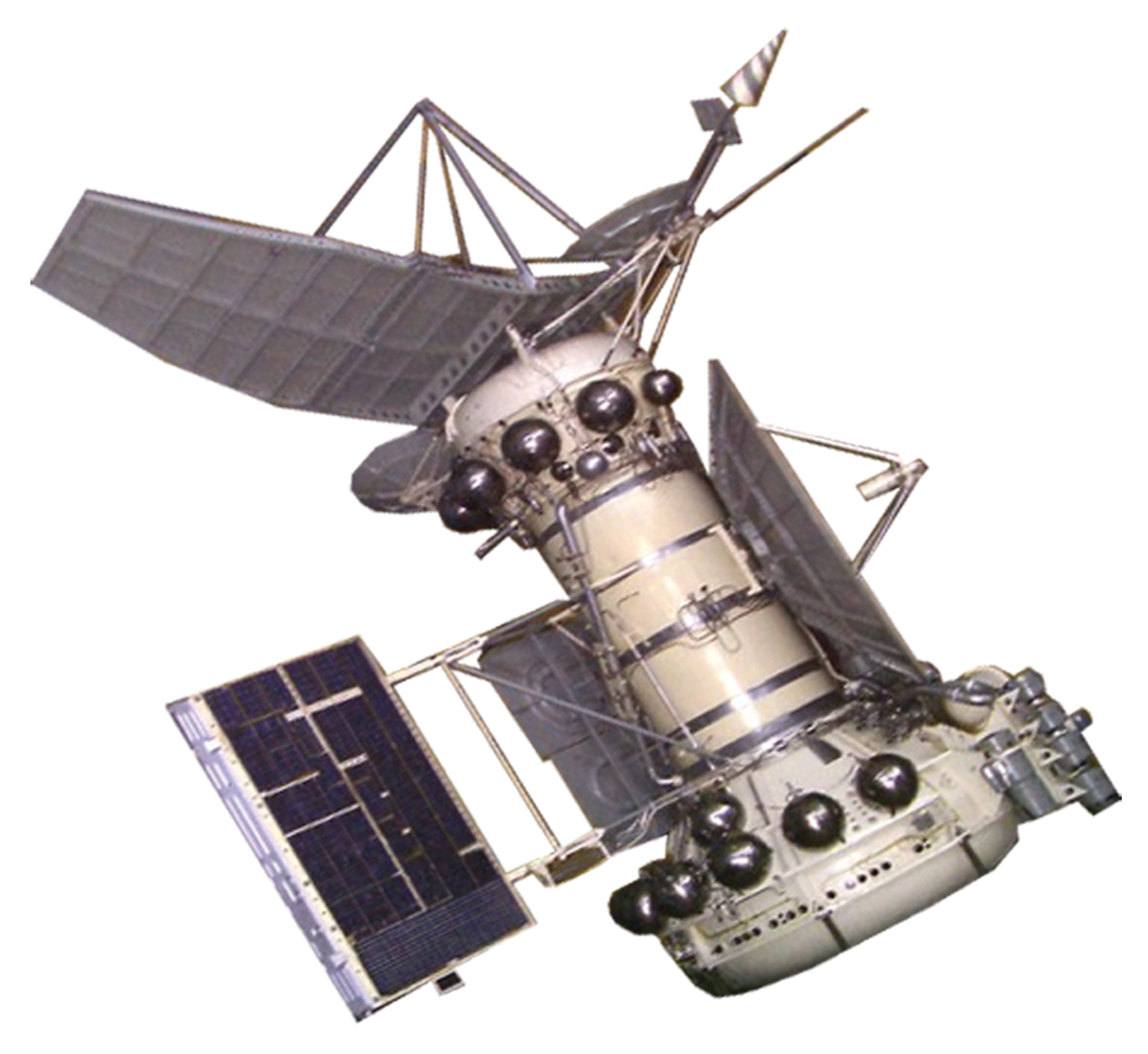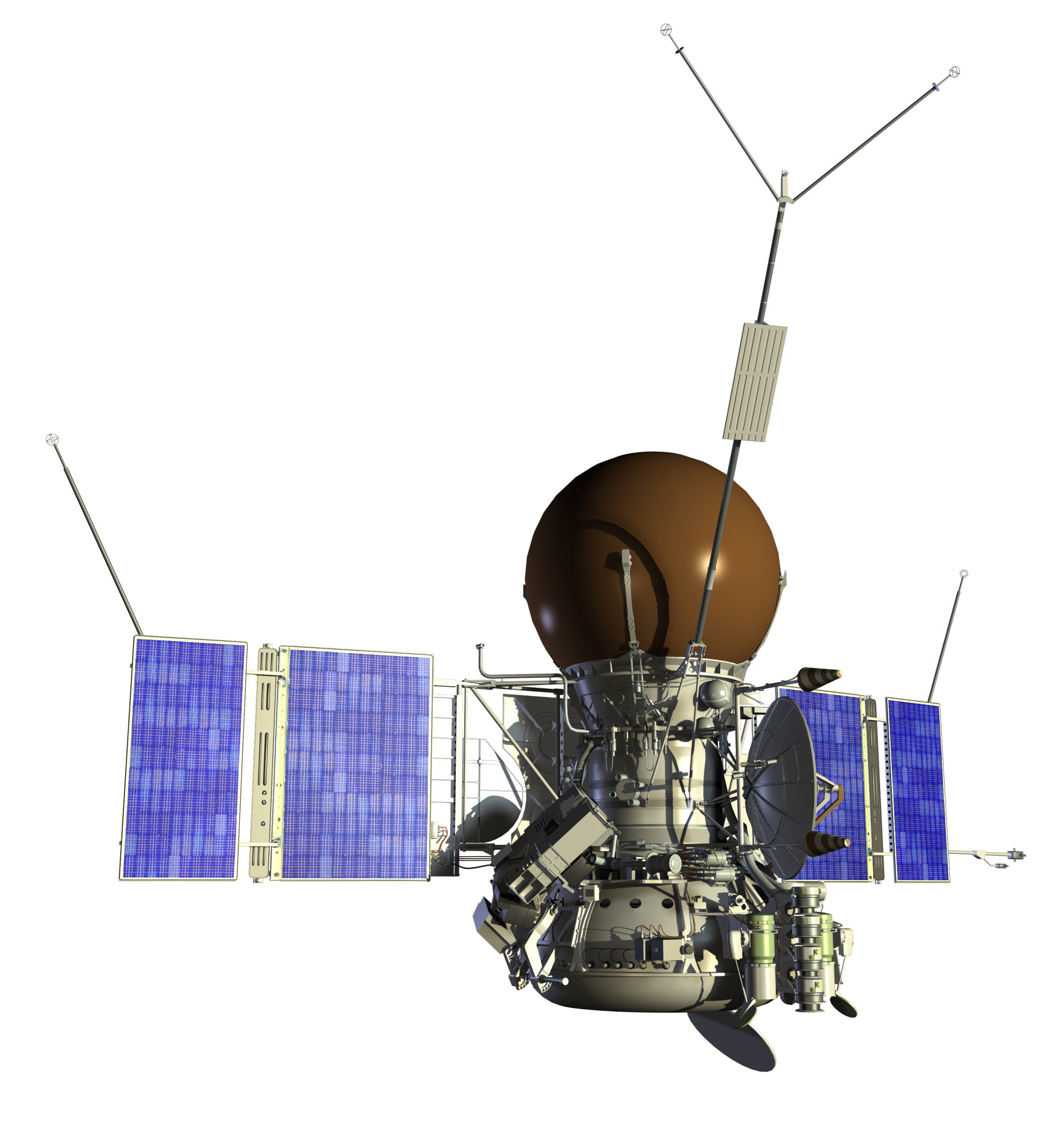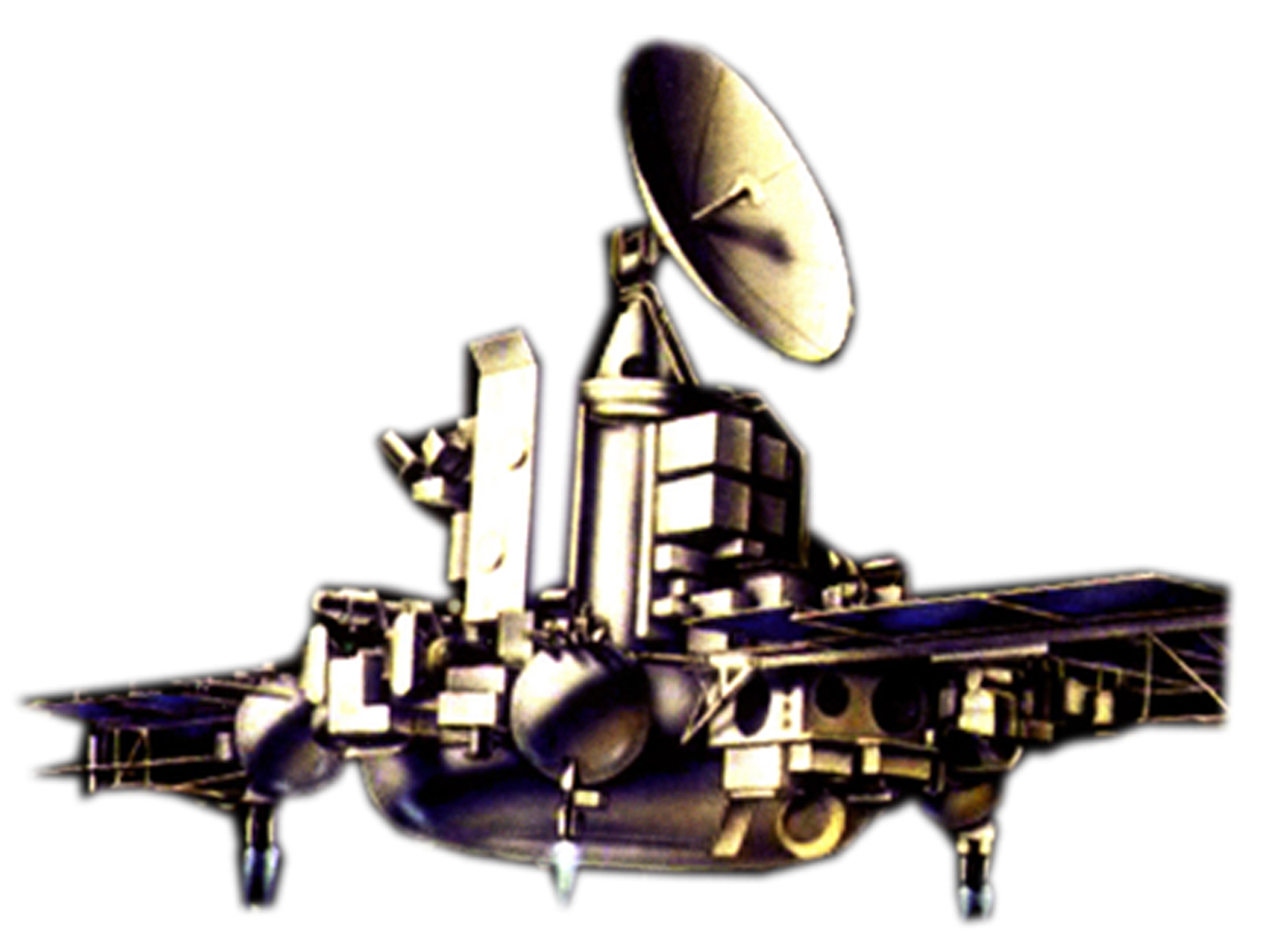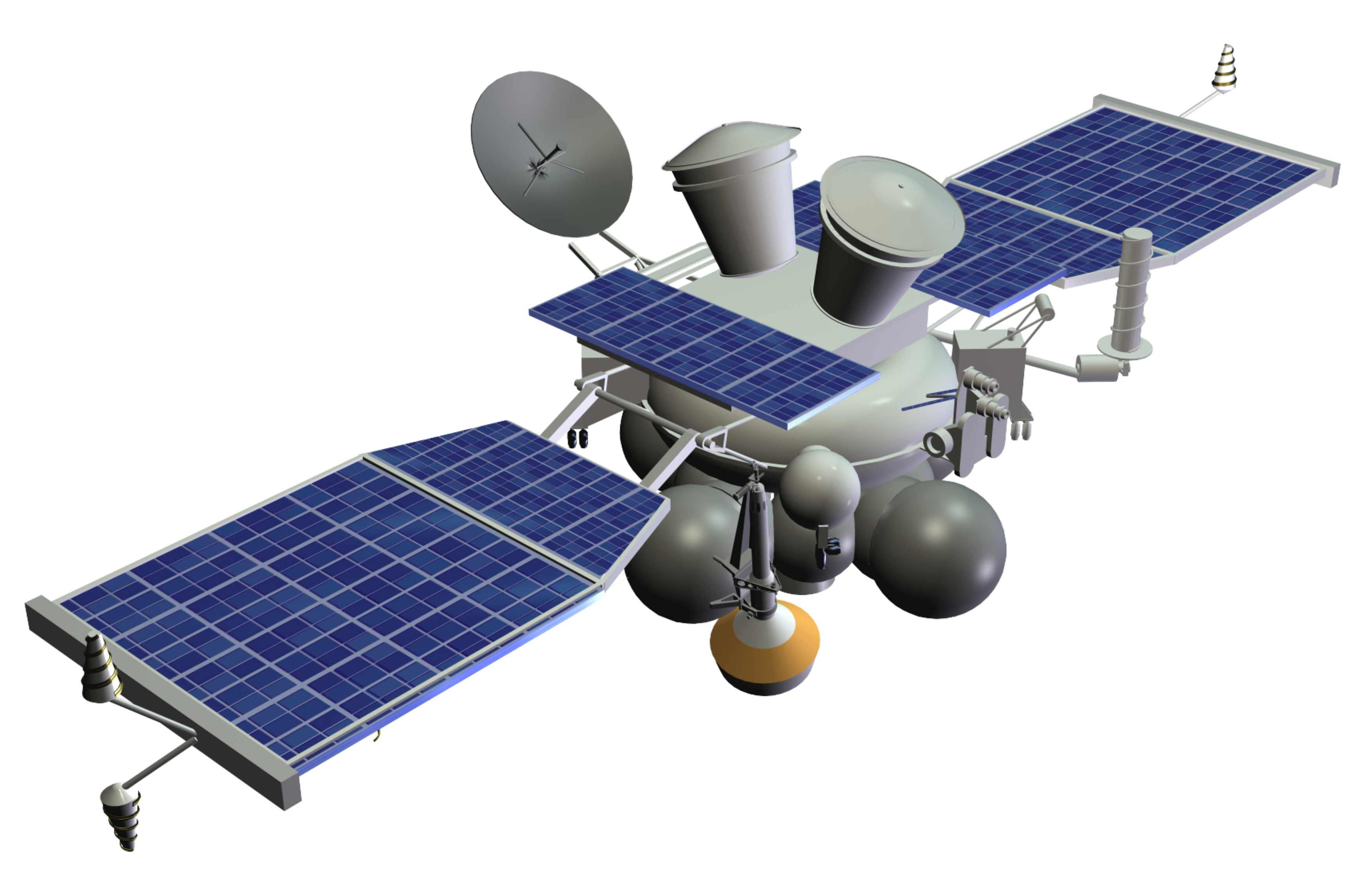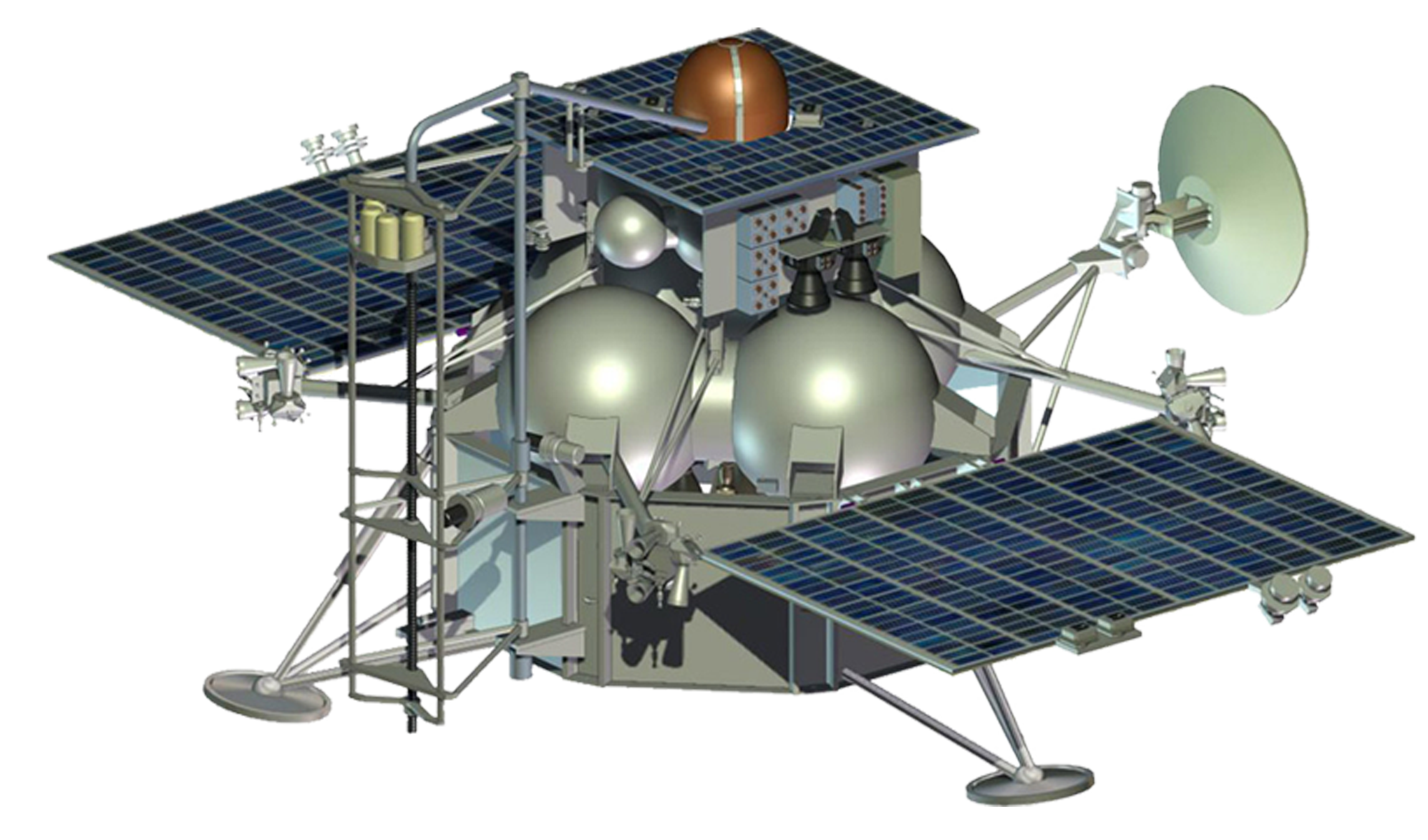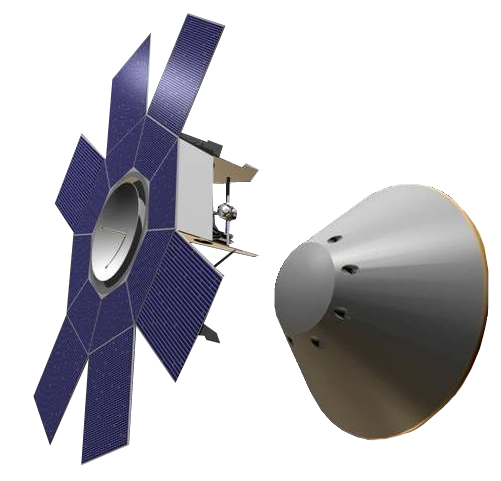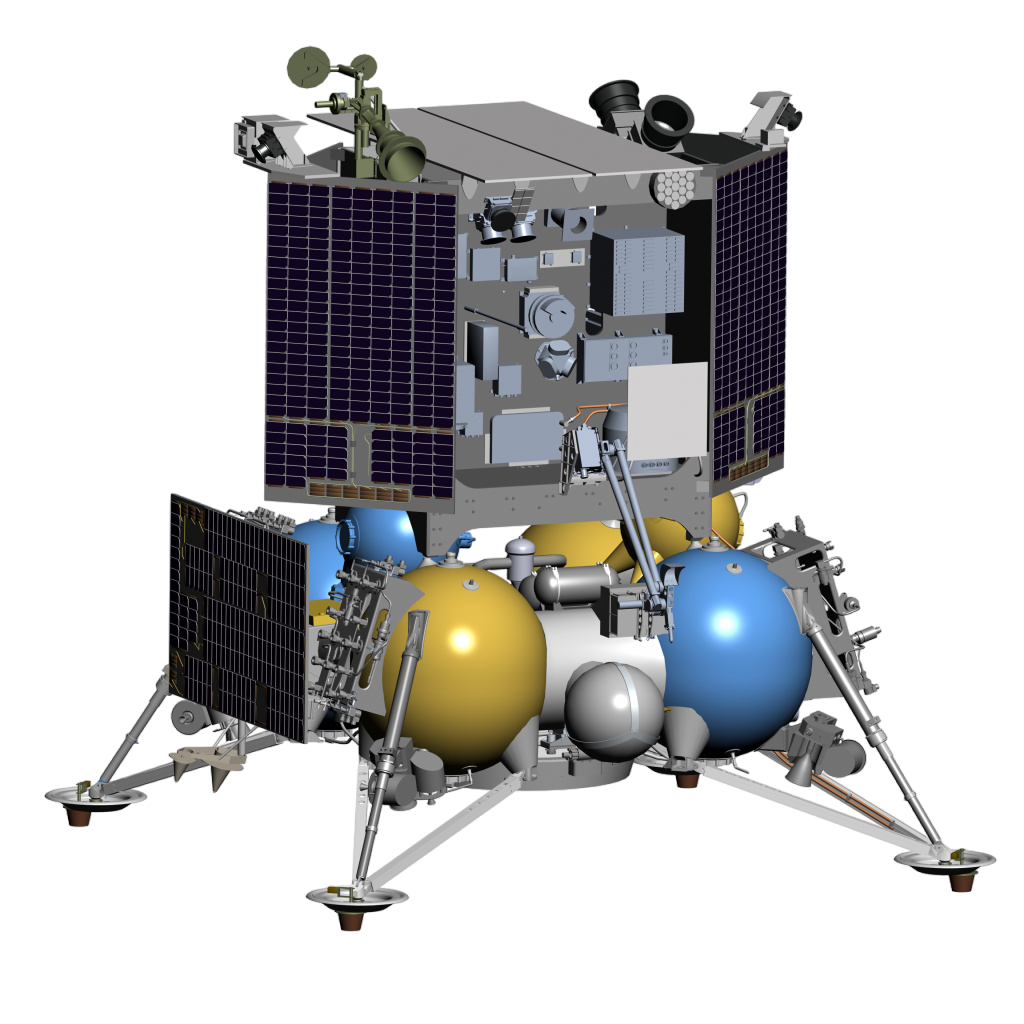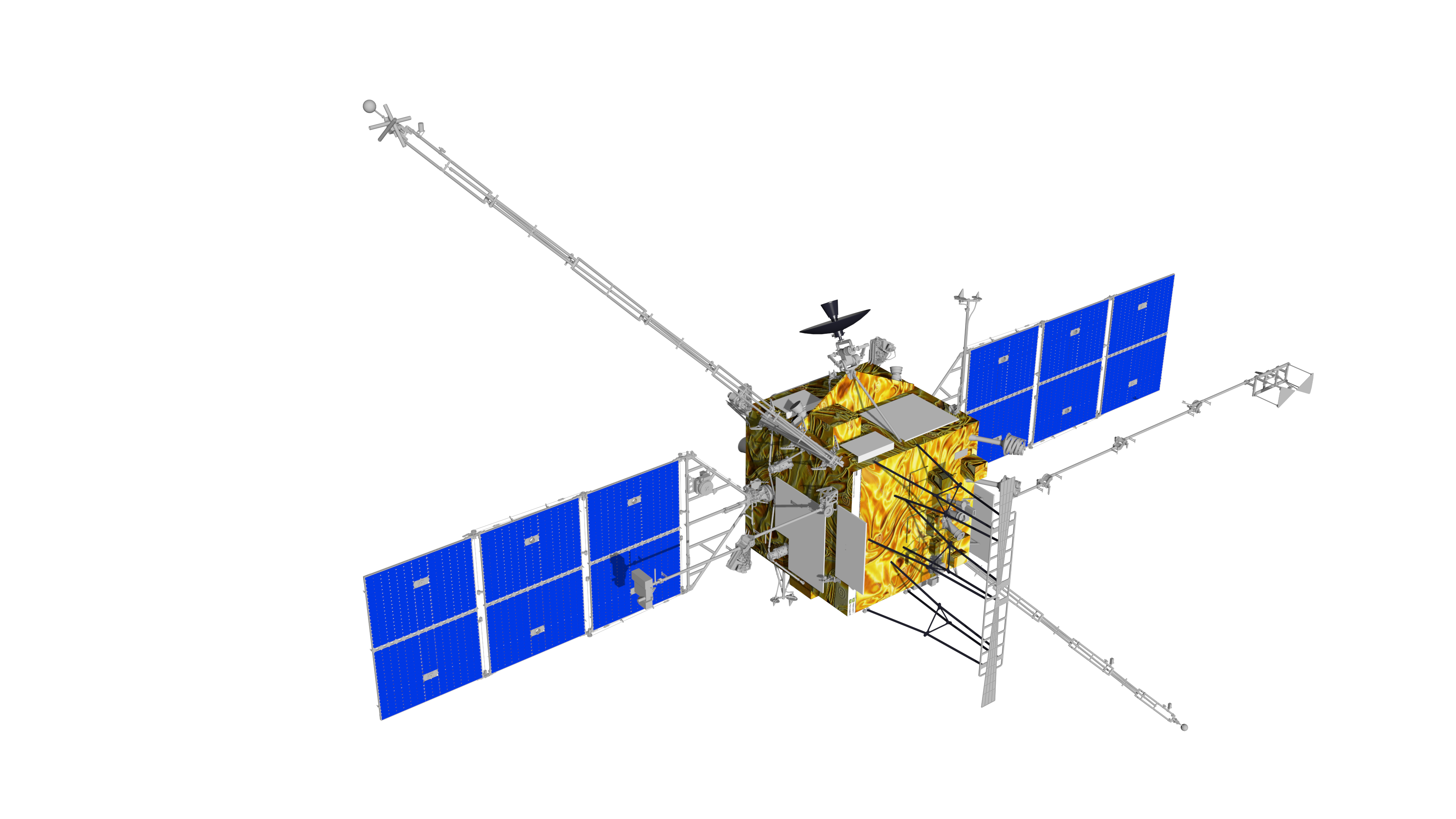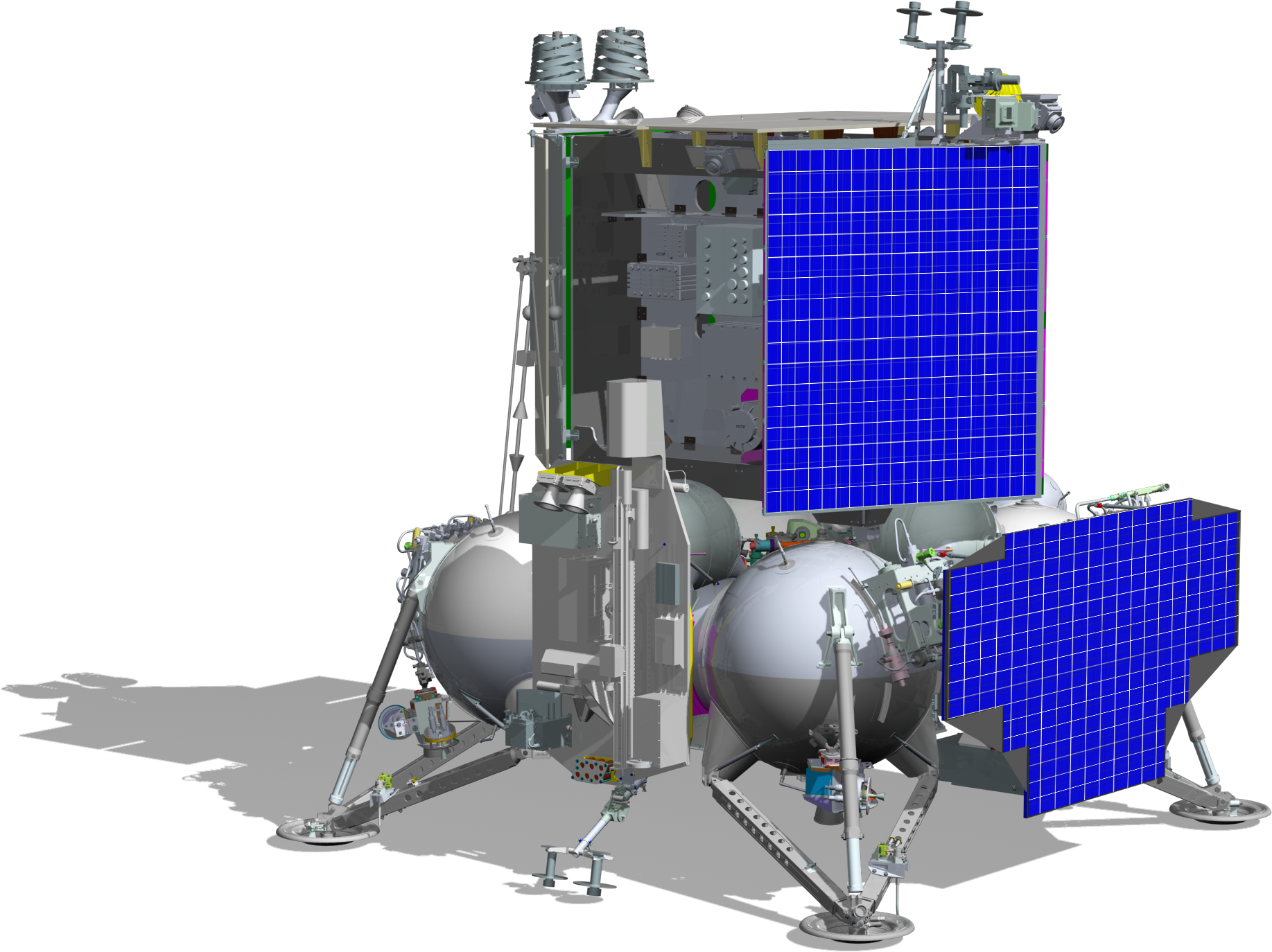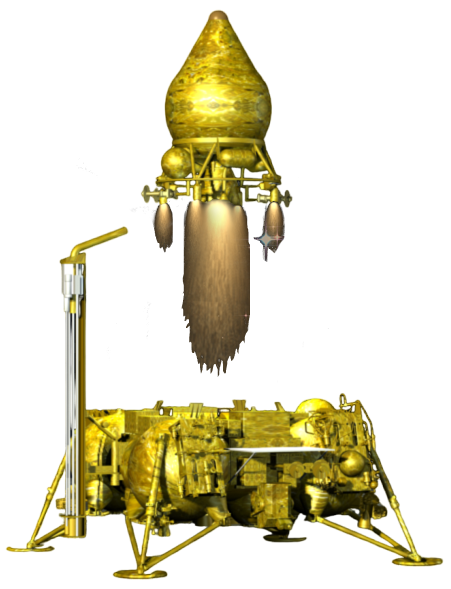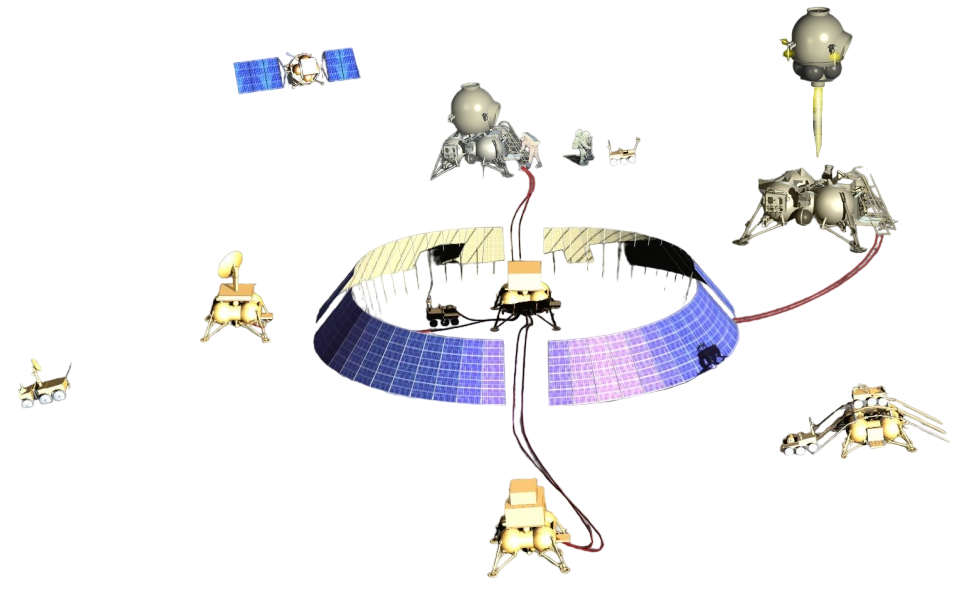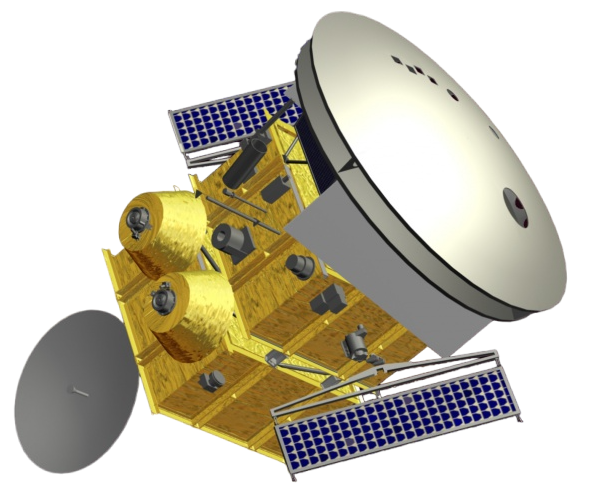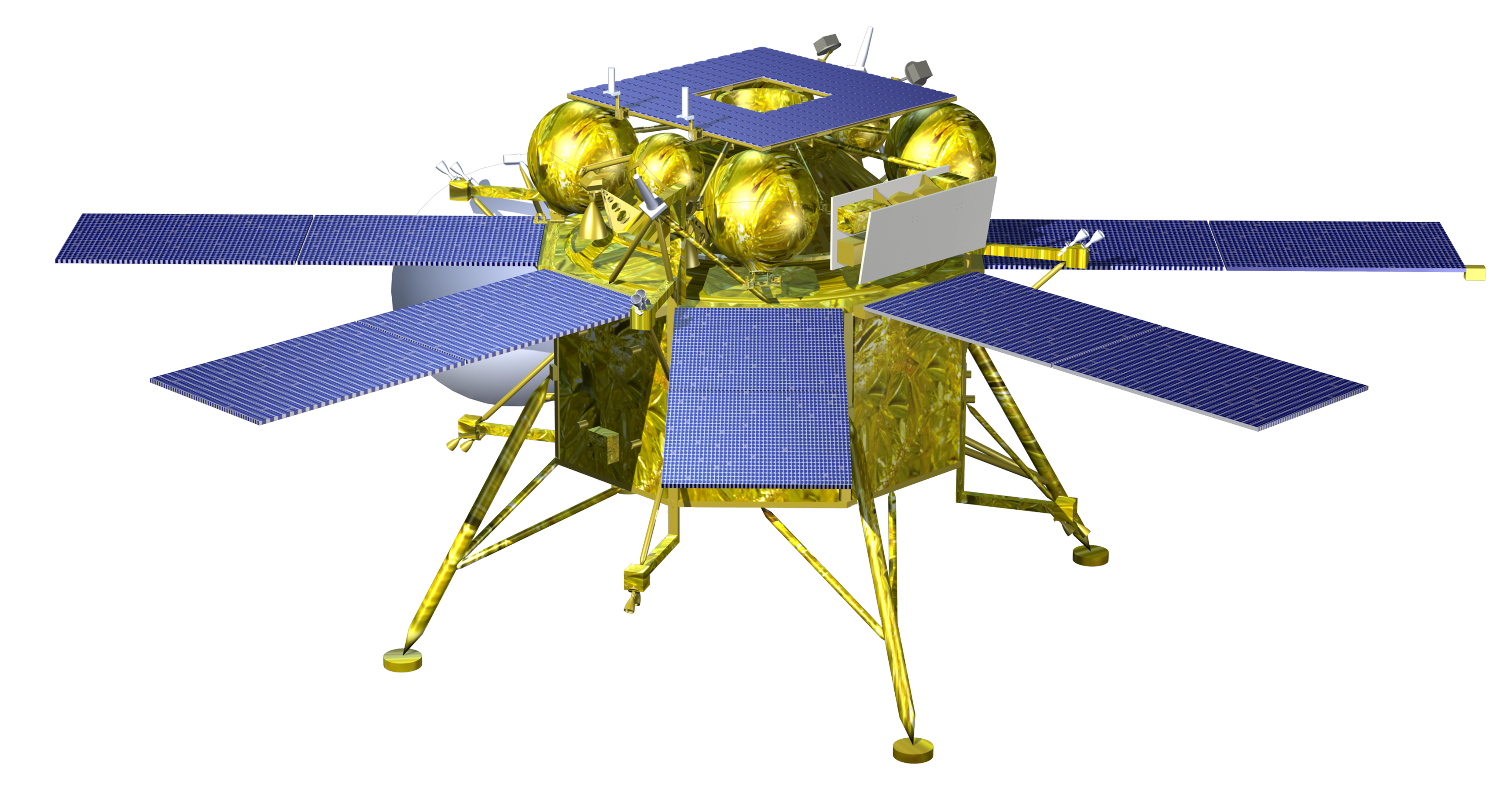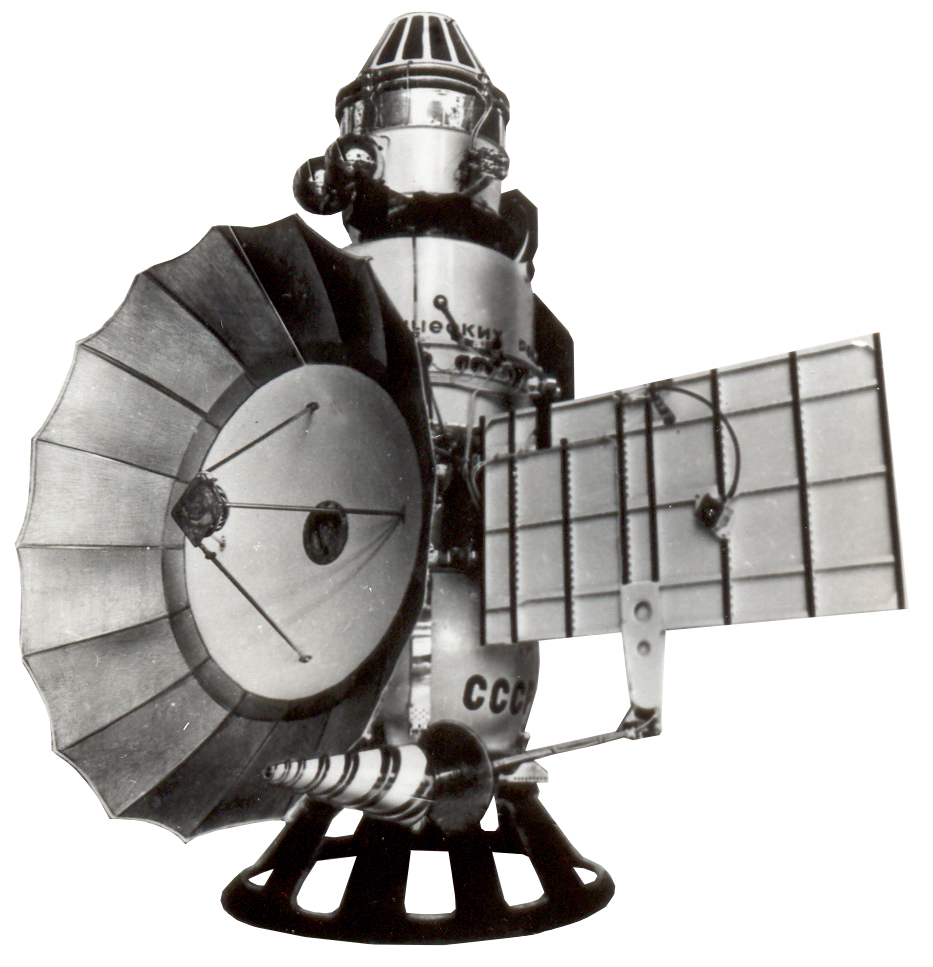
Characteristics
- Destination:
- planetary research
- Status:
- decommissioned
- Research Object:
- The surface of Venus
- Launch Date:
- 27 March 1972
- Spaceport:
- Baikonur
- Launchers:
- Molniya-M with NVL upper stage
- Machine Weight:
- 1184 kg
Description
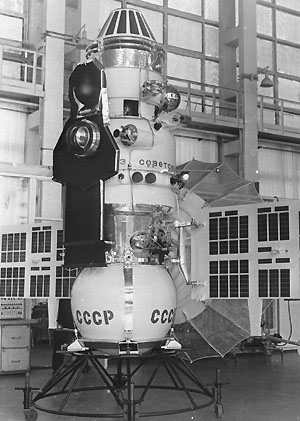 Venera-8 automated station was almost identical to the Venera-7 station both in the objectives and the tasks of the
flight program. Based on the results of the flight performed by the Venera-7 station, the model of the Venus
atmosphere was adjusted, making it possible to design the Venera-8 descent module for the actual conditions with a
small margin. Instead of the design pressure of 150 atmospheres, 105 atmospheres were assumed, and instead of
540° C, 493° C was assumed. Reduction of the maximum values of temperature and pressure of Venus atmosphere
allowed to reduce the wall thickness of instrument compartment of Venera-8 station as compared to Venera-7.
Venera-8 automated station was almost identical to the Venera-7 station both in the objectives and the tasks of the
flight program. Based on the results of the flight performed by the Venera-7 station, the model of the Venus
atmosphere was adjusted, making it possible to design the Venera-8 descent module for the actual conditions with a
small margin. Instead of the design pressure of 150 atmospheres, 105 atmospheres were assumed, and instead of
540° C, 493° C was assumed. Reduction of the maximum values of temperature and pressure of Venus atmosphere
allowed to reduce the wall thickness of instrument compartment of Venera-8 station as compared to Venera-7.
The wall thickness in the lower part of the compartment was reduced from 25 mm to 12 mm, in the upper part -
from 8,7 mm to 5,7 mm, what allowed to decrease the descent module weight by 38,5 kgs. To improve the thermal
conditions of the equipment, beryllium shells - heat accumulators - were installed on the inner side of the titanium
housing of the descent module, while the glass-textolite pads were introduced in the nodes fixing the frame to the
body of the instrument compartment.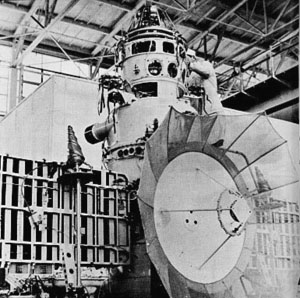
Since after the landing of Venera-7 DM there were observed the strong signal fluctuations caused by the lack of the DM fixation on the surface and the relatively narrow antenna pattern (±45°), while the landing on the illuminated side of the planet caused the difficulties with the radio communication (the angle between the direction to Earth and the local vertical would be 30-50°), the antenna-feeder system was modified.
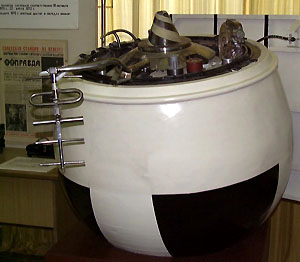 The main spiral antenna worked only during the section of descending, while right after the landing completion the
descent module deployed the additional antenna. The body of this antenna was made in the form of a flat puck with
four folded lobes, so that one of its flat sides should lie on the Venus surface.
The main spiral antenna worked only during the section of descending, while right after the landing completion the
descent module deployed the additional antenna. The body of this antenna was made in the form of a flat puck with
four folded lobes, so that one of its flat sides should lie on the Venus surface.
This design was implemented to ensure that the antenna's funnel-shaped radiation pattern was sufficiently well
oriented in relation with the local vertical. After landing, it was deployed from the parachute compartment. The
lobes opened and prevented the antenna from becoming ridged. The ends of the disk functioned as the transmitters,
and the gravity switches installed therein turned on to transmit upwards after the antenna fixation and locking.
In order to determine the degree of the planet's surface illumination, necessary for the photographic survey planned
to be conducted with the new generations of the descent modules, the scientific payload of the descent module was
upgraded with the photometer IOV-72. Considering the new tasks, the Venera-8 ballistic profile was changed. Unlike Venera-4, 5, 6, 7, the descent module
should have landed on the day side of the planet. The Venera-8 orbiter remained unchanged.
